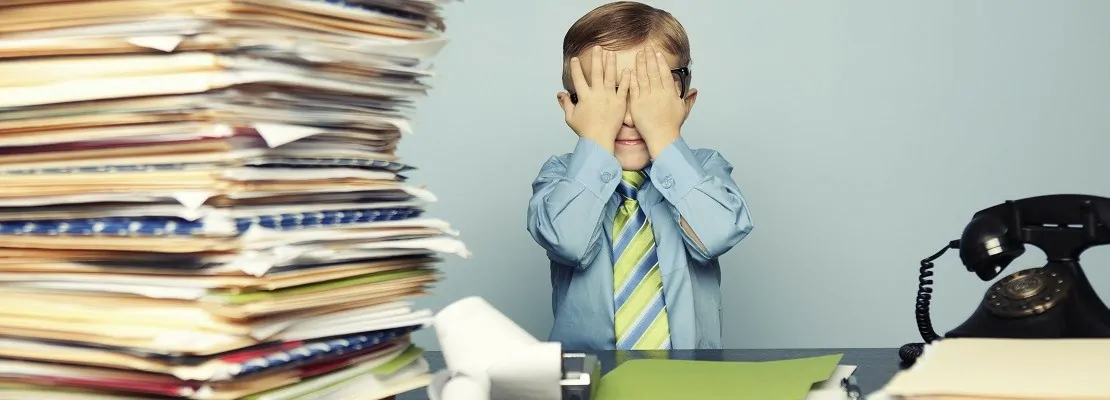
Keep your eyes peeled on the VAT Flat Rate Scheme
13 Feb 2020VAT returns represent a major administrative burden for many business owners, but for small businesses with annual turnover of £150,000 or less the Flat Rate Scheme may just be able to come to the rescue.
The Flat Rate Scheme was introduced in 2002 to simplify the process of VAT reporting for small businesses. Under this scheme a business can apply a fixed, flat-rate percentage to their gross “flat rate turnover” in order to determine how much VAT they should pay to HMRC.
As a small business accountant, our team carry a wealth of knowledge when it comes to advising sole traders and SMEs on the tax regulations and schemes which can apply to, and facilitate, how they operate.
With that knowledge comes the ability to navigate clients past some of the common pitfalls that go hand-in-hand with the VAT Flat Rate Scheme, as outlined in this article.
Discount on relevant flat rate percentage
There is an automatic one percentage point discount on the relevant flat rate percentage, but it only applies for the first year of VAT registration.
This rule has gone as far as catching out a judge in court. In a case involving Apex - a vehicle management firm - the judge noted in his report that the company registered for VAT on June 1st, 2012 and joined the Flat Rate Scheme on March 1st, 2013.
He commented:
“The rate applicable to such activities was 9.5% and the appellant was entitled to a 1% reduction to 8.5% from 1 March 2013 to 28 February 2014.”
The judge’s error in this case was that the 1% discount is only available in the first year of registration, i.e. until May 31st, 2013 and not the first 12 months that the trader uses the scheme.
No need to record all purchase invoices
The rules for recording invoices digitally under the new Making Tax Digital (MTD) rules are essentially the same as already exist.
The only time that purchase invoices need to be recorded digitally by Flat Rate Scheme users, under the MTD rules, is if input tax is being claimed on an expense.
This will only apply in the case of capital goods costing more than £2,000 including VAT, or for pre-registration input tax.
Pre-registration input tax can be claimed
A Flat Rate Scheme user can claim input tax on pre-registration expenses on its first return, subject to the usual rules:
-
Goods must have been bought within the four-year window before registration, used by the business during that time and are still owned on its first day of registration.
-
The purchase window for services is restricted to six months before the registration date.
The joining threshold is about future sales
The Flat Rate Scheme joining threshold anticipates the expected taxable sales in the next 12 months; the historic level of sales is irrelevant.
If this figure is less than £150,000 excluding VAT, you can join.
There is usually no problem if your estimate proves pessimistic and you exceed this figure, as long as you had a logical basis for your calculations at the time of applying.
Rental income is drawn into VAT
The Flat Rate Scheme captures both exempt income and zero-rated sales made by the business, but not income that is outside the scope of VAT – the latter would include many business-to-business services supplied to overseas customers.
Leaving test is only made once a year
A business does not need to leave the Flat Rate Scheme until its gross annual sales including VAT have exceeded £230,000.
For a business with only standard-rated sales, this figure is £191,666 plus VAT.
The good news is that a business must only undertake the exit test once a year, on the anniversary date of when it first joined the scheme.
Limited cost trader test
The limited cost trader (LCT) category was introduced on April 1st, 2017, and its severe rate of 16.5% gives minimal credit for input tax.
It has wiped out many Flat Rate Scheme gains enjoyed by service-based businesses that spend less than £250 a quarter on goods, or less than 2% of their gross turnover.
Significantly, a business needs to consider whether it is an LCT each time a VAT return is completed.
You can leave at any time
The Flat Rate Scheme has undoubtedly suffered a reduction in popularity since the introduction of the limited cost trader rules in April 2017.
However, a business can withdraw from the Flat Rate Scheme at any time. This will usually be at the end of a VAT period, but it can also leave during a period.
The mid-period withdrawal could be a useful tax saver in some cases eg before a big zero-rated sale is captured by the calculations.
Get in touch with our experts to discuss how you can optimise you or your business’ tax position, or try our instant quote tool and get a competitive fee in just 5 clicks.





















